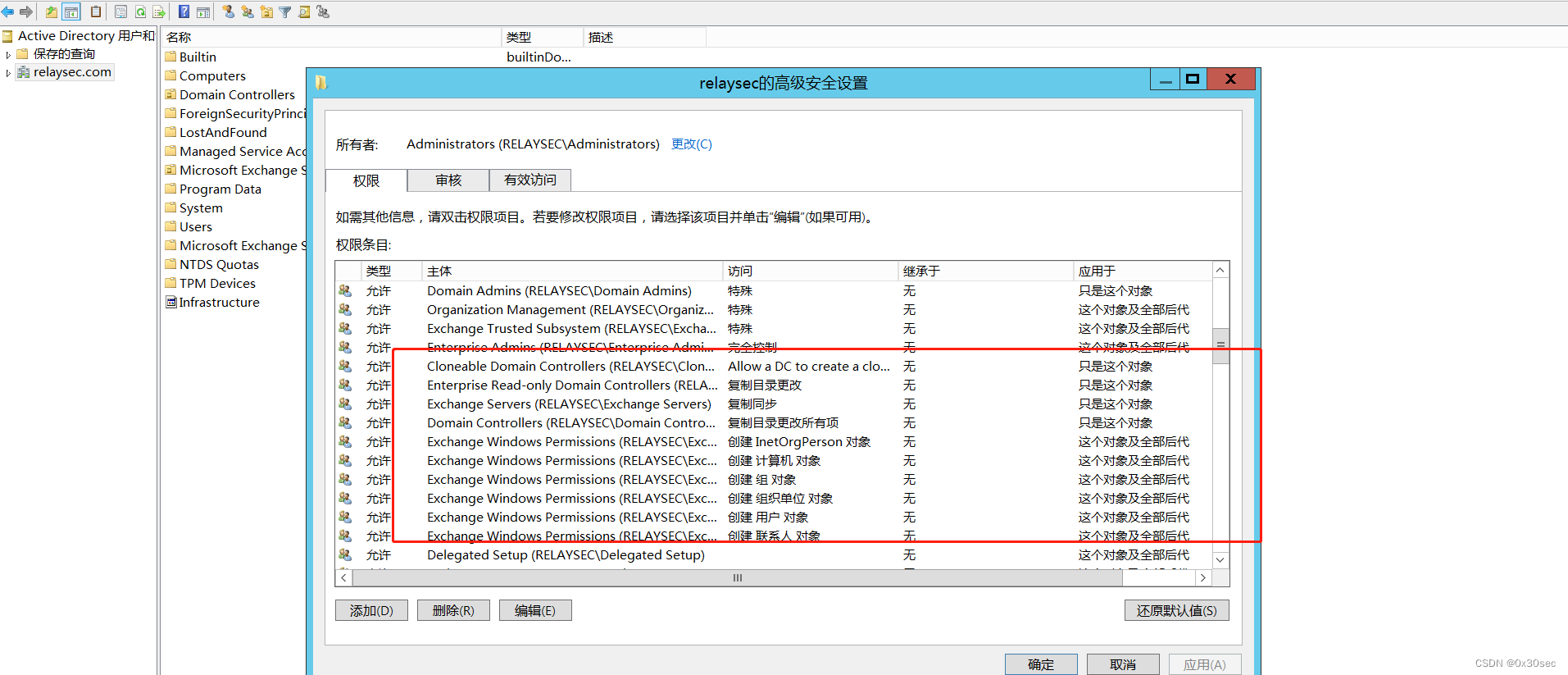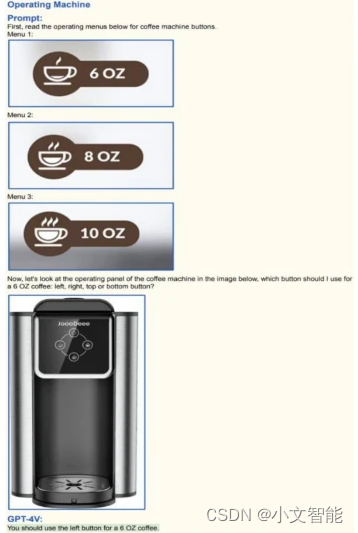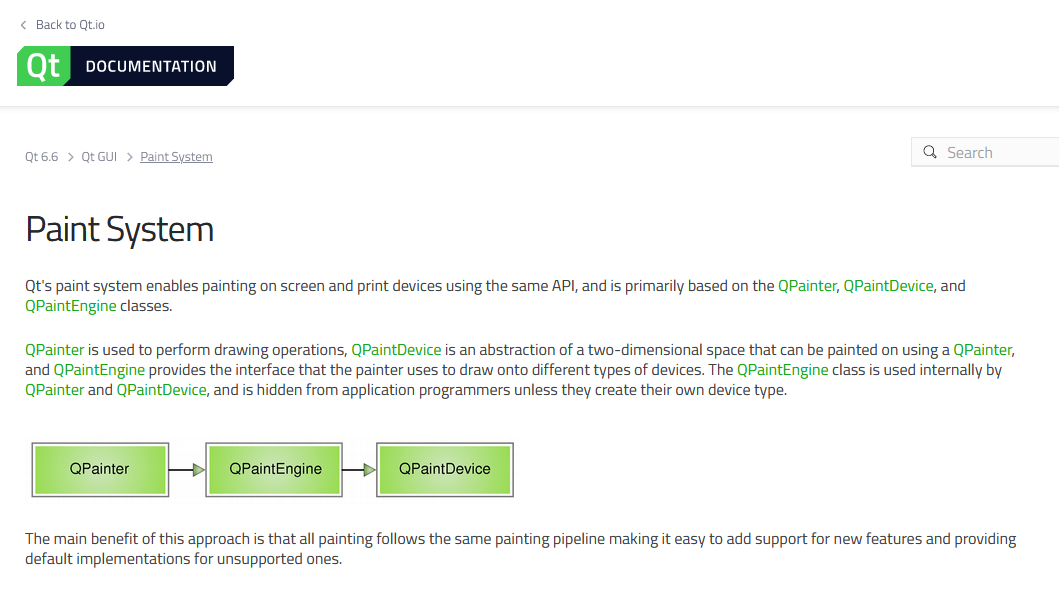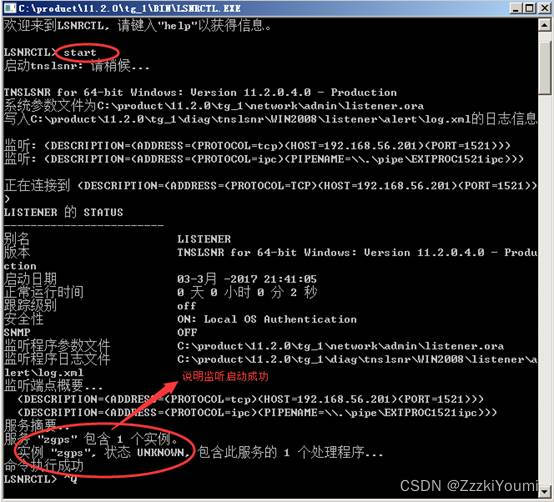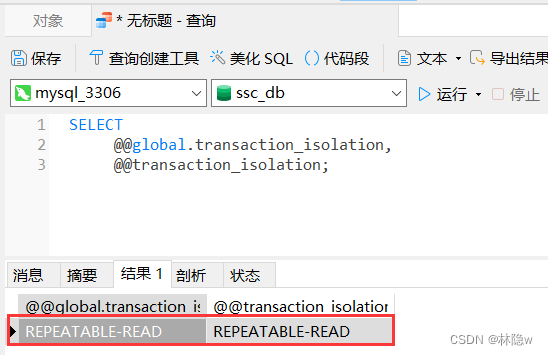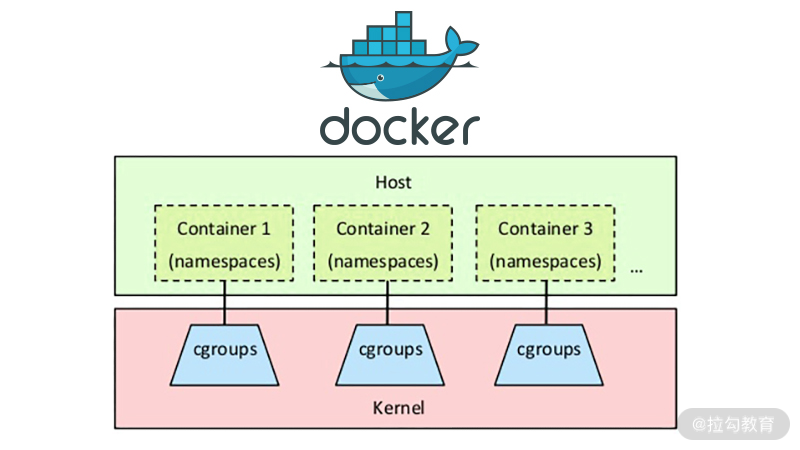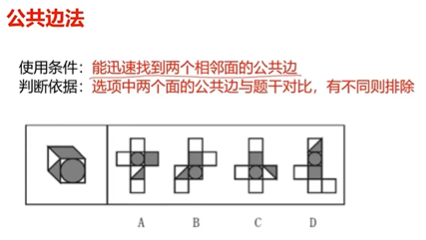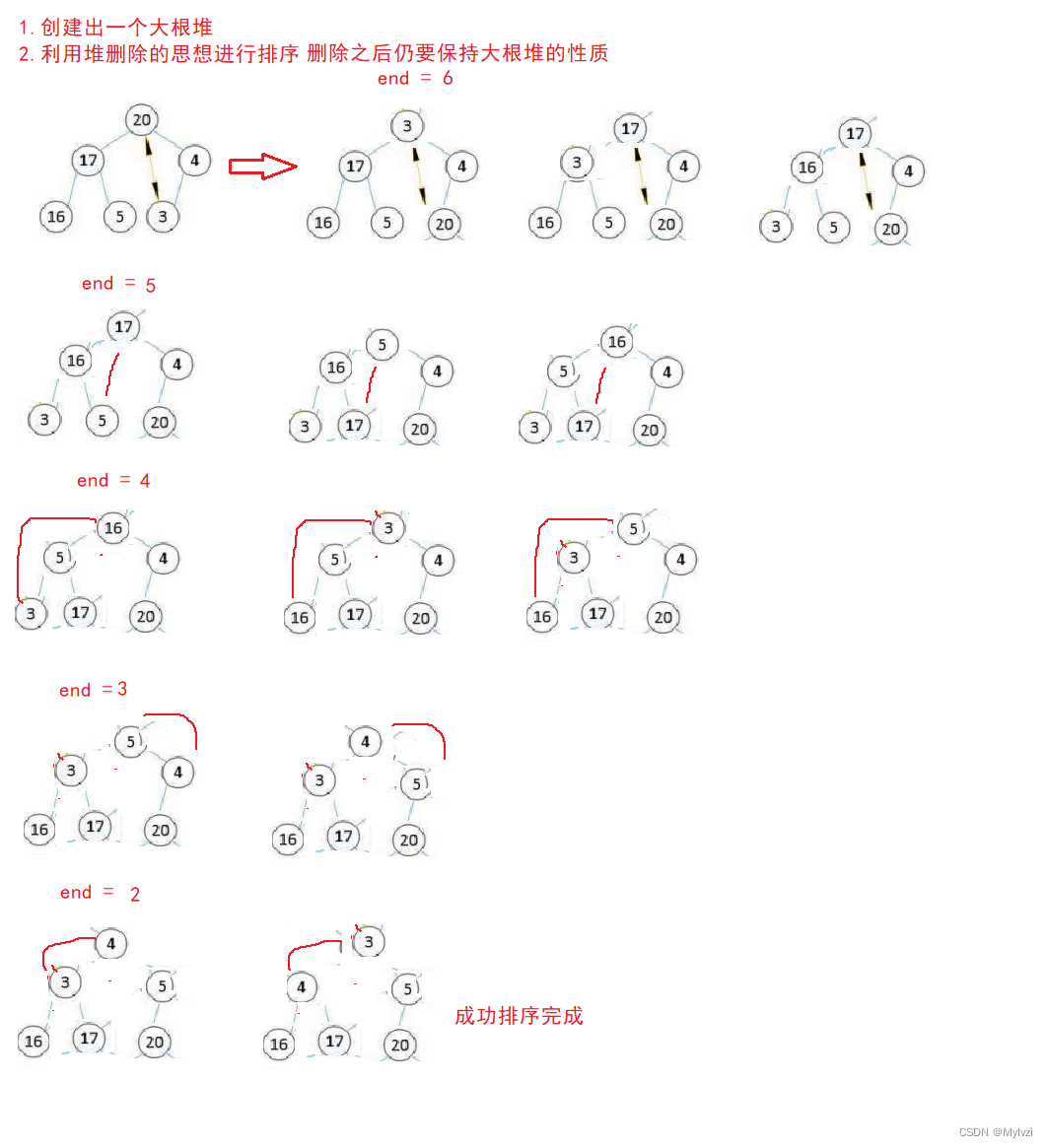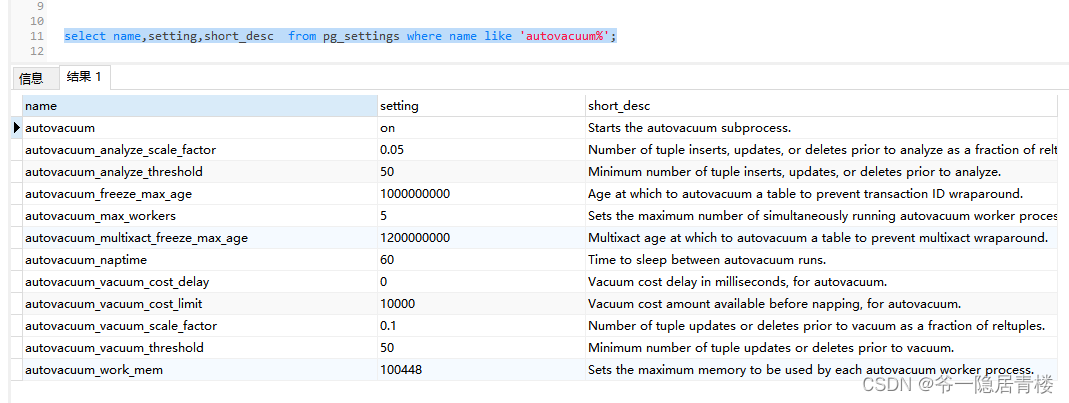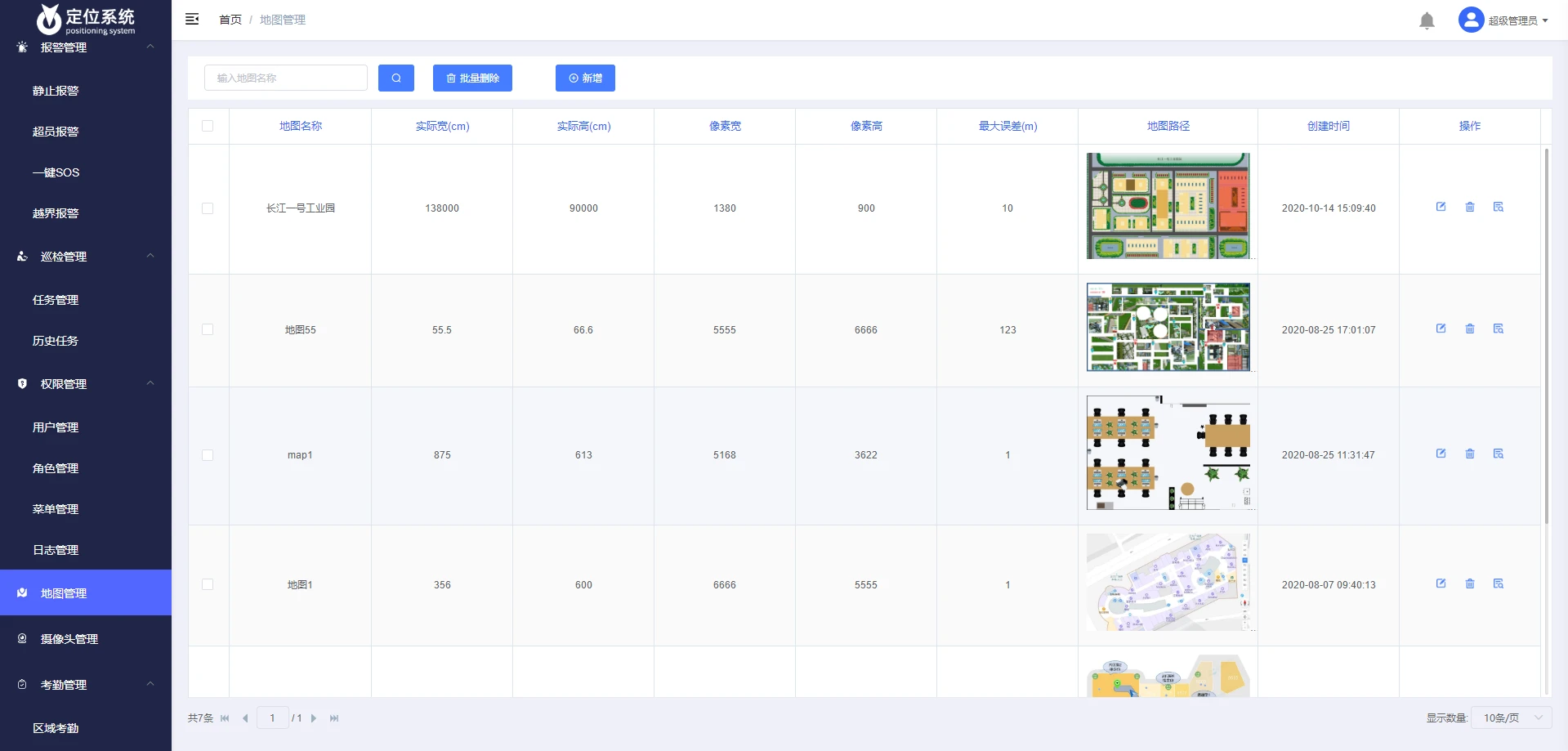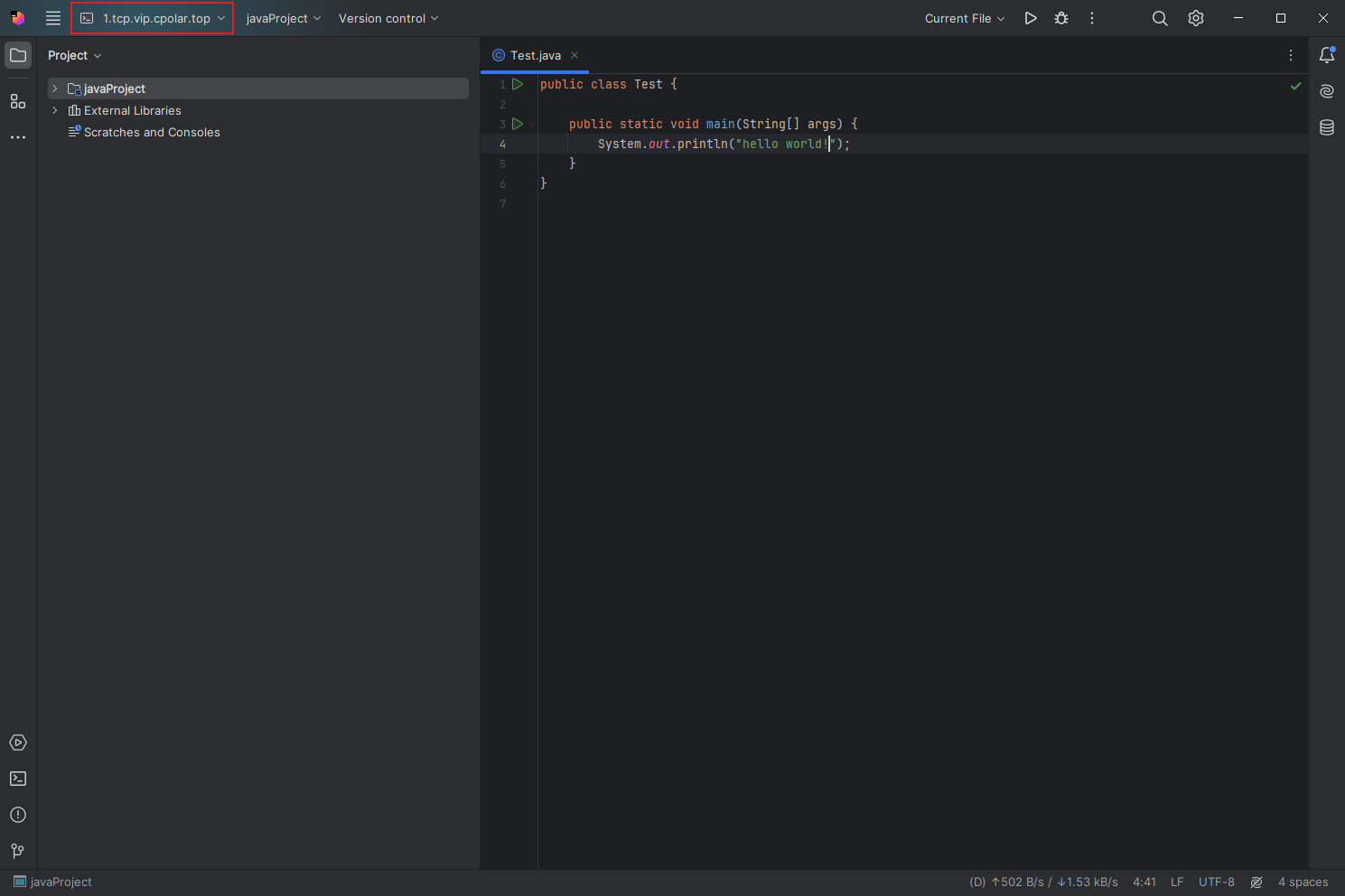这也是ffmpeg解码器中比较重要的一个模块,很多人认识它应该是通过一条命令
ffmpeg -hwaccel cuda -hwaccel_output_format cuda -i input.mp4 -c:v h264_nvenc -b:v 5M output.mp4
命令地址:英伟达ffmpeg
大家可能觉得这就是nvcodec了,后来发现专门还有一个cuvid呢?瞬间不开心了,不知道这两个倒地时什么关系?如果你时看这个问题的,恭喜你来对了。
下面我们就说道说道。
ffmpeg是通过解码起家,所以它内部有很多自己写的软解码器,在这些软解码器的解码过程当中,比如说对于码流中的某些反量化,反变换等操作,把这些操作挪到一块硬件上,这块硬件就是加速设备。
我们可以看看ffmpeg的h264解码器,红框内部的都是h264解码器的加速插件,NVDEC只是其中之一。
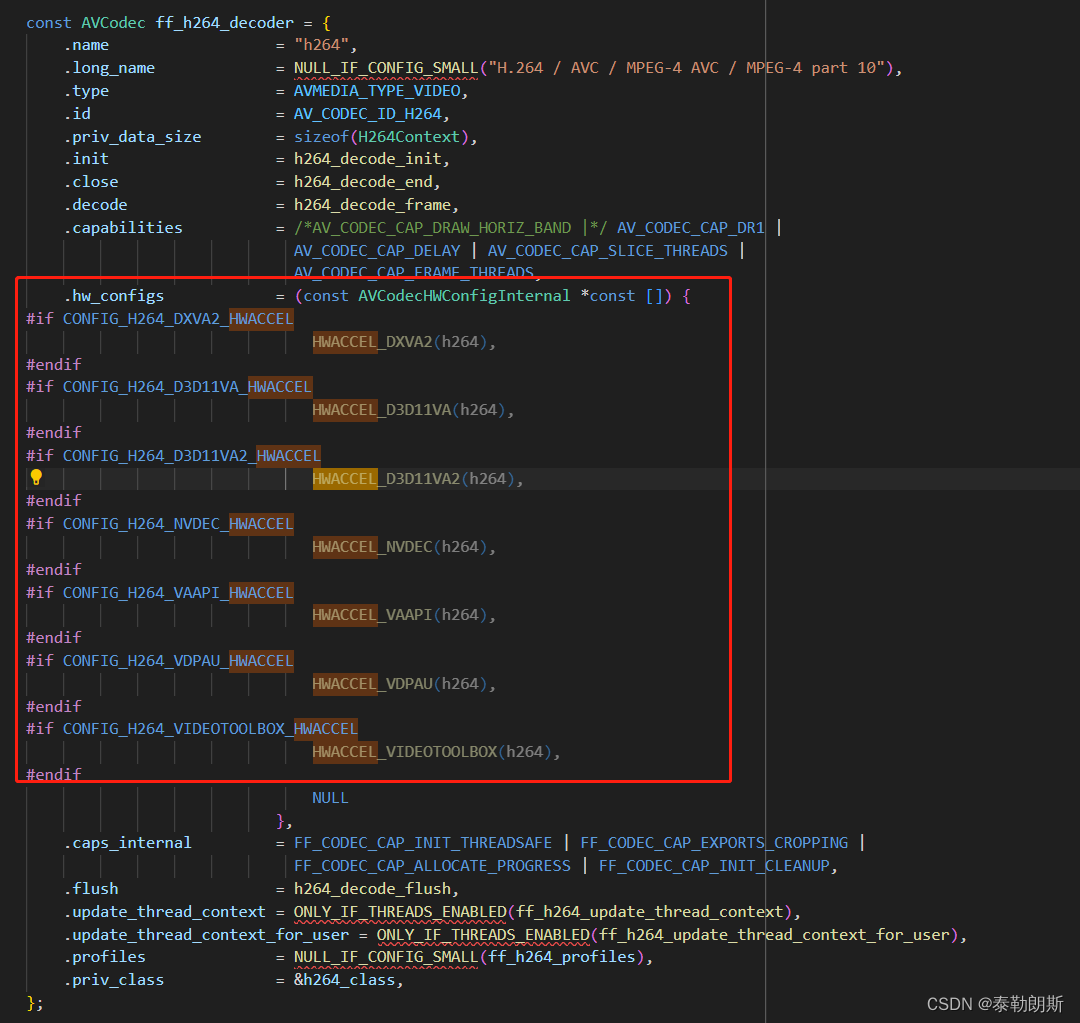
再来看看代码
static int decode_nal_units(H264Context *h, const uint8_t *buf, int buf_size)
{
AVCodecContext *const avctx = h->avctx;
...
switch (nal->type) {
case H264_NAL_IDR_SLICE:
...
if (h->avctx->hwaccel &&
//这里就进入了加速解码的分支
(ret = h->avctx->hwaccel->start_frame(h->avctx, buf, buf_size)) < 0)
goto end;
}
...
max_slice_ctx = avctx->hwaccel ? 1 : h->nb_slice_ctx;
if (h->nb_slice_ctx_queued == max_slice_ctx) {
//这里进入加速解码的分支中
if (h->avctx->hwaccel) {
ret = avctx->hwaccel->decode_slice(avctx, nal->raw_data, nal->raw_size);
h->nb_slice_ctx_queued = 0;
} else
ret = ff_h264_execute_decode_slices(h);
if (ret < 0 && (h->avctx->err_recognition & AV_EF_EXPLODE))
goto end;
}
break;
...
这就是hwaccel加速解码的原理,它是在ffmpeg软解码的基础上将一些特定算法加载到硬件上去做。而cuvid是通过ffmpeg第三方插件库的方式去实现的。
可以看看AVHWAccel结构体定义,发现有几个关键的函数指针,这些指针就是你需要去实现的。
可能你又要问了,为什么英伟达解码器要实现两套?
这个问题留给你吧。或者在我博客里面找,一定有的。
/**
* @defgroup lavc_hwaccel AVHWAccel
*
* @note Nothing in this structure should be accessed by the user. At some
* point in future it will not be externally visible at all.
*
* @{
*/
typedef struct AVHWAccel {
/**
* Name of the hardware accelerated codec.
* The name is globally unique among encoders and among decoders (but an
* encoder and a decoder can share the same name).
*/
const char *name;
/**
* Type of codec implemented by the hardware accelerator.
*
* See AVMEDIA_TYPE_xxx
*/
enum AVMediaType type;
/**
* Codec implemented by the hardware accelerator.
*
* See AV_CODEC_ID_xxx
*/
enum AVCodecID id;
/**
* Supported pixel format.
*
* Only hardware accelerated formats are supported here.
*/
enum AVPixelFormat pix_fmt;
/**
* Hardware accelerated codec capabilities.
* see AV_HWACCEL_CODEC_CAP_*
*/
int capabilities;
/*****************************************************************
* No fields below this line are part of the public API. They
* may not be used outside of libavcodec and can be changed and
* removed at will.
* New public fields should be added right above.
*****************************************************************
*/
/**
* Allocate a custom buffer
*/
int (*alloc_frame)(AVCodecContext *avctx, AVFrame *frame);
/**
* Called at the beginning of each frame or field picture.
*
* Meaningful frame information (codec specific) is guaranteed to
* be parsed at this point. This function is mandatory.
*
* Note that buf can be NULL along with buf_size set to 0.
* Otherwise, this means the whole frame is available at this point.
*
* @param avctx the codec context
* @param buf the frame data buffer base
* @param buf_size the size of the frame in bytes
* @return zero if successful, a negative value otherwise
*/
int (*start_frame)(AVCodecContext *avctx, const uint8_t *buf, uint32_t buf_size);
/**
* Callback for parameter data (SPS/PPS/VPS etc).
*
* Useful for hardware decoders which keep persistent state about the
* video parameters, and need to receive any changes to update that state.
*
* @param avctx the codec context
* @param type the nal unit type
* @param buf the nal unit data buffer
* @param buf_size the size of the nal unit in bytes
* @return zero if successful, a negative value otherwise
*/
int (*decode_params)(AVCodecContext *avctx, int type, const uint8_t *buf, uint32_t buf_size);
/**
* Callback for each slice.
*
* Meaningful slice information (codec specific) is guaranteed to
* be parsed at this point. This function is mandatory.
* The only exception is XvMC, that works on MB level.
*
* @param avctx the codec context
* @param buf the slice data buffer base
* @param buf_size the size of the slice in bytes
* @return zero if successful, a negative value otherwise
*/
int (*decode_slice)(AVCodecContext *avctx, const uint8_t *buf, uint32_t buf_size);
/**
* Called at the end of each frame or field picture.
*
* The whole picture is parsed at this point and can now be sent
* to the hardware accelerator. This function is mandatory.
*
* @param avctx the codec context
* @return zero if successful, a negative value otherwise
*/
int (*end_frame)(AVCodecContext *avctx);
/**
* Size of per-frame hardware accelerator private data.
*
* Private data is allocated with av_mallocz() before
* AVCodecContext.get_buffer() and deallocated after
* AVCodecContext.release_buffer().
*/
int frame_priv_data_size;
/**
* Called for every Macroblock in a slice.
*
* XvMC uses it to replace the ff_mpv_reconstruct_mb().
* Instead of decoding to raw picture, MB parameters are
* stored in an array provided by the video driver.
*
* @param s the mpeg context
*/
void (*decode_mb)(struct MpegEncContext *s);
/**
* Initialize the hwaccel private data.
*
* This will be called from ff_get_format(), after hwaccel and
* hwaccel_context are set and the hwaccel private data in AVCodecInternal
* is allocated.
*/
int (*init)(AVCodecContext *avctx);
/**
* Uninitialize the hwaccel private data.
*
* This will be called from get_format() or avcodec_close(), after hwaccel
* and hwaccel_context are already uninitialized.
*/
int (*uninit)(AVCodecContext *avctx);
/**
* Size of the private data to allocate in
* AVCodecInternal.hwaccel_priv_data.
*/
int priv_data_size;
/**
* Internal hwaccel capabilities.
*/
int caps_internal;
/**
* Fill the given hw_frames context with current codec parameters. Called
* from get_format. Refer to avcodec_get_hw_frames_parameters() for
* details.
*
* This CAN be called before AVHWAccel.init is called, and you must assume
* that avctx->hwaccel_priv_data is invalid.
*/
int (*frame_params)(AVCodecContext *avctx, AVBufferRef *hw_frames_ctx);
} AVHWAccel;
